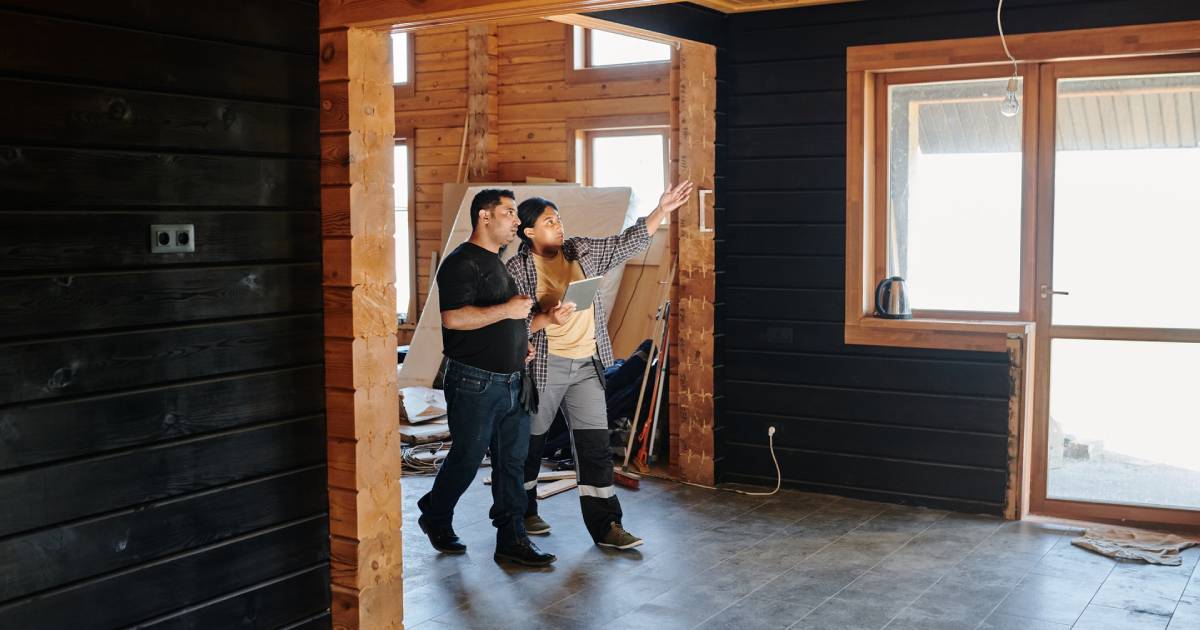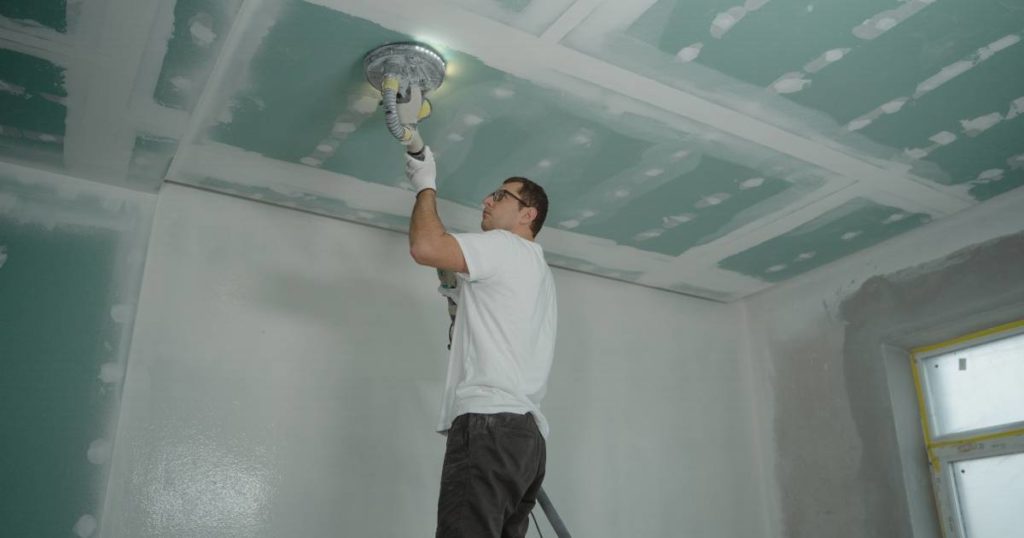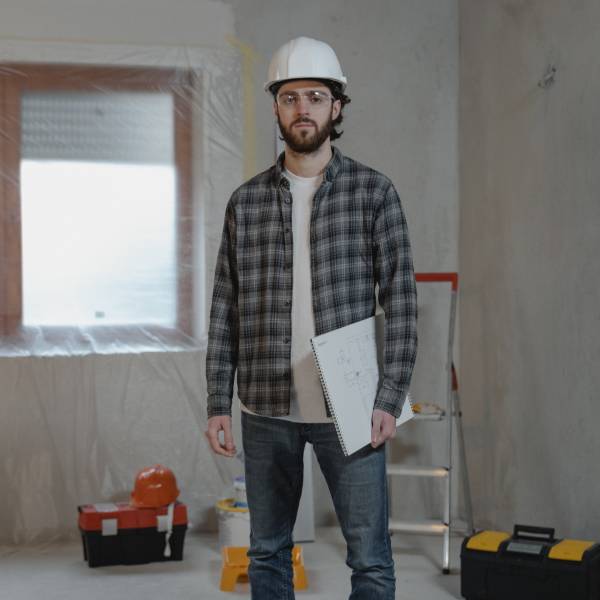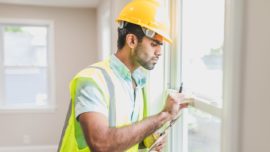
Retrofitting in construction, architecture and renovation is the process of improving an existing building rather than rebuilding or building additionally. By changing the existing building in relation to materials, build quality and energy usage, the efficiency of its operation is massively improved leaving it much more sustainable without the need to rebuild or demolish and start fresh.
What are the Main Aspects of Retrofitting?
Generally, retrofitting in construction and architecture falls into two key categories. They are in the build quality of the building, and in the energy efficiency of the building. These are both crucial aspects that have a large impact on the overall sustainability of the building.
Building Quality
Looking to build quality, the general criteria in the framework for retrofitting is to make the quality of the build to a higher standard. That more often than not looks toward things like airtightness and the quality of the building work that is being carried out in a few different areas. It normally comes down to:
Insulation (floors, walls, ceilings/roof)
The insulation that is used or can be added to floors, walls, ceilings and the roof. Using the right amount of the right materials is essential to optimise efficiency.
Windows & Doors
Windows and doors if they are inefficient can have a massively detrimental effect on efficiency as a whole. Replacing them with high quality and sustainable alternatives is a prime example of an easy win.
Airtightness
Making a building more airtight, providing that it has proper ventilation in place, is another fundamental of an effective building for sustainability in the long term.

Energy Usage
The other side of retrofitting most commonly comes from improving the energy efficiency of the building in question. That can be anything from the method of power through to technologies used to manage it, but it usually comes down to two components:
Heating systems & maintenance
The heating system that is used for the building can dramatically change its efficiency. Moving from an outdated boiler or heating system for example and moving to something like ground or air source heat pumps can transform the effectiveness of the whole project. Even utilising technologies like bio-mass or solar heating can be a big push in the right direction.
Outdated boilers typically run at an efficiency level of around 60%-70% on average, whereas new boilers at the moment bring that much closer to the 95% mark. Heat
Power
While changes to how a building sources power aren’t always the easiest of things to introduce, they are still very possible and can make a big difference to a retrofit project. Looking to things like solar power or rainwater harvesting can be key examples of possible innovations that can change the impact a building has on the environment. Even small changes with proper and correct setup can make all the difference between long-term efficiency and high wastage.
Why Is Retrofitting Important?
Retrofitting is an essential way for the UK to work better toward reaching Net Zero targets by 2050, or even 2030. Currently, studies report that UK homes are responsible for somewhere between 15% and 25% of the UK’s carbon emissions. Retrofitting aims to change that, reducing the energy required to heat homes as a whole, as well as creating more sustainable ways of providing heat and power in the first place.
Can Anyone Undertake a Retrofit project?

Although some of the works that make up retrofitting can be done by the average homeowner, like having better insulation installed or buying new windows, a complete retrofitting project is much more complex.
PAS 2035 was introduced by the British Standards Institute for this exact reason. This is a framework created to review “whole house” or “whole building” retrofits from an energy efficiency perspective. It looks at a building’s energy requirements both for minimum standards and for user comfort and then provides the direction of 5 specific roles that are needed to properly undertake the work.





